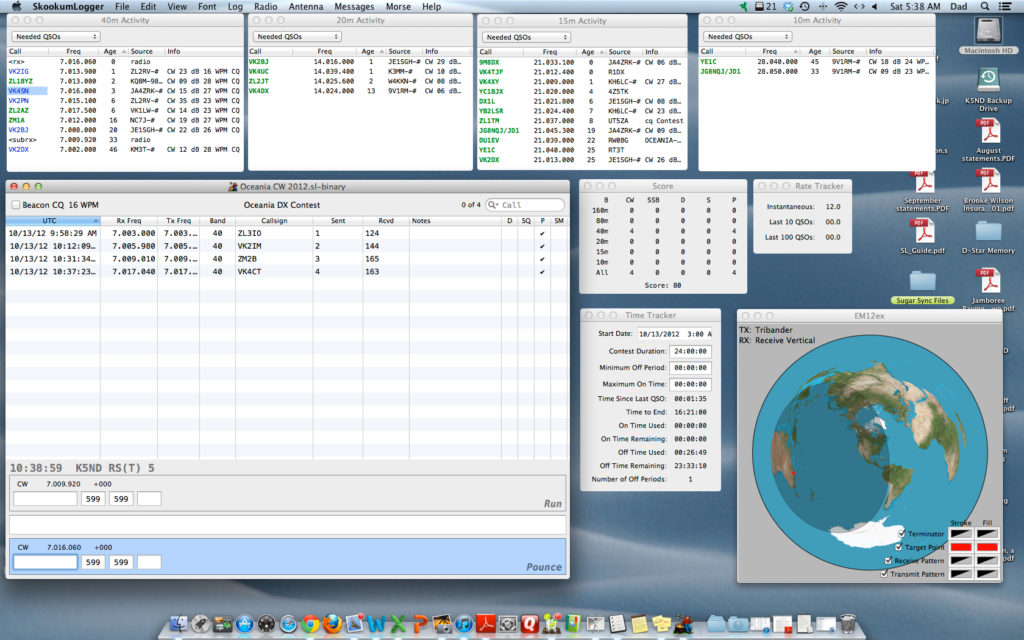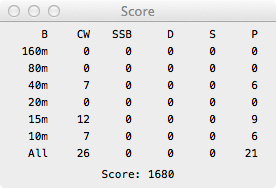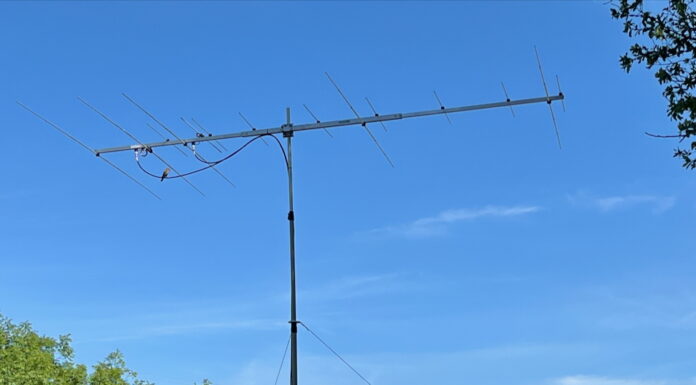Getting things set up was a bit of a challenge. But as usual Bill, K1GQ, the creator of Skookum Logger, responded to my emails and coached me through setting things up in Snow Leopard, the new OS. Often times he does great coaching on how to use the operating system, since his contest software is already operating superbly. I also consulted Skookum Logger for Dummies written by Jonathan, G0DVJ, and available on the Skookum Logger website. It was very helpful in getting me up to speed with changes in the software along with some new capabilities with my K3 around the second receiver. I was hoping to do some SO2V but it really wasn’t necessary as there were so few stations on the air. Still it was a great experience with Skookum Logger, thanks to Bill and Jonathan.

I took a screen capture of Skookum Logger in operation, above. The other thing that Bill helped with was importing the correct map image. He helped me find the now hidden Library folder on the Mac.

This time I ran the Oceania contest in the assisted mode, since there is no non-assisted entry category. This was my first contest using CW Skimmer and the DX Cluster. Thank goodness I went assisted as there were so few stations on the air from Oceania that I could actually hear. I the only three countries worked were Australia, New Zealand, and Hawaii. Total QSO’s 26 and multipliers 21. The most active time was early Saturday morning at the beginning of the contest when 40 meters was active. After that the stations were few and far between. Last year I managed to work 40 stations. So perhaps propagation wasn’t as good this year. Both times I put my 15 meter Moxon beam into play. It really helped on several contacts to dig the station out of the mud and get heard as well. This is the one contest where I’m able to work stations that are really weak. Usually, there is too much QRM for that to be possible. Plus, there are so many other stations on, that there is no need to dig deep.
Another fun adventure in ham radio — Oceania DX Contest and the Skookum Logger software running assisted. 73, Jim, K5ND








